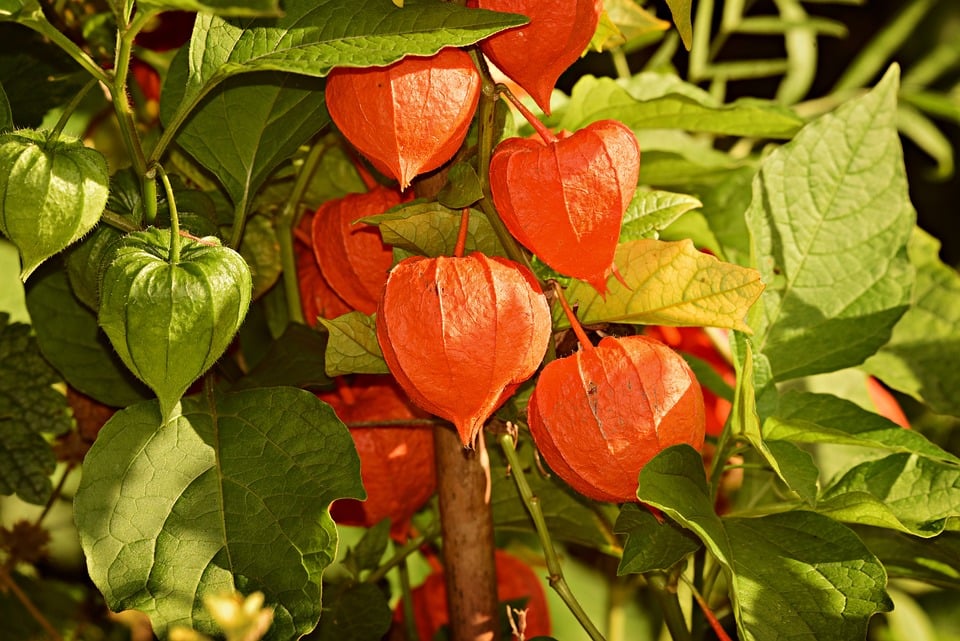Table of Contents
The Physalis Alkekengi is an unusual plant; the red fruit husks turn into intricate and delicate skeletal casings around the plant’s fruit as the season changes. It is a beautiful floral process that you can witness here in the UK. This look resembles a paper lantern which is why this plant is known as the Chinese Lantern plant.
This plant is hardy enough to grow well in the growing conditions of the UK, even though it is native to Asia and Europe. That’s also why it is a favoured ornamental plant. This perennial herbaceous plant will look perfect in your garden. Even the Royal Horticultural Society honoured the Physalis Alkekengi with the Award of Garden Merit. This is why it is a beautiful choice for your garden.
In this article, you will learn how to grow these Chinese Lanterns, what type of soil to use, how much to water them, what common problems you may encounter, and other vital details.
The Physalis Alkekengi Plant
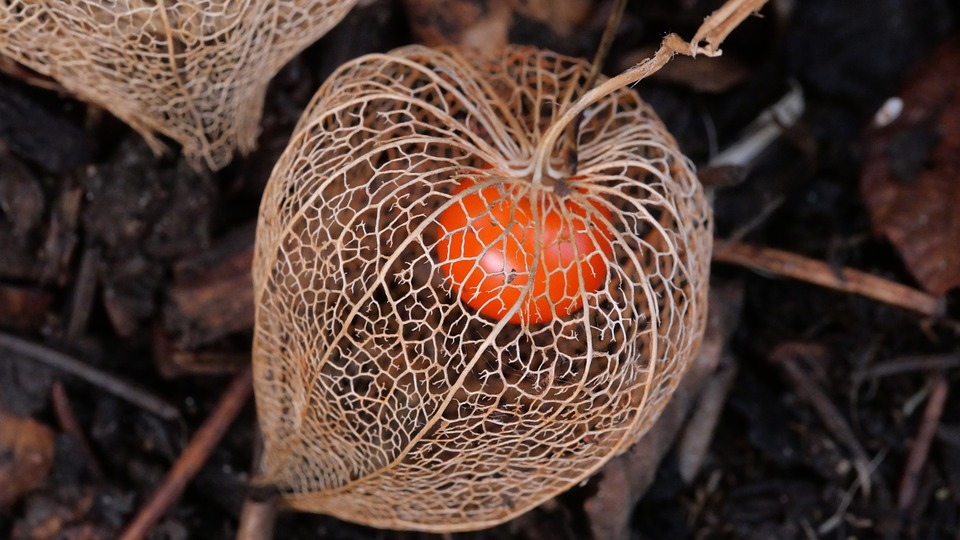
The Physalis Alkekengi is a flowering plant species in the nightshade family or Solanaceae family. This plant is native to South Asia, Northeast Asia, and Southern Europe. The common names for this plant are Devil’s Berry, Strawberry-and-Tomato, Winter Cherry, etc., but the most common one is Chinese Lantern. The plant’s fruit looks very similar to Chinese lanterns lined on a string along the Chinese streetscape.
A Brief Overview of Physalis Alkekengi
- Scientific Name – Physalis alkekengi
- Common Name – Chinese Lantern
- Plant Type – Perennial flower
- Hardiness – H7
- Height – 0.5 – 1 m
- Spread – 0.5 – 1 m
- Sunlight – Full shade and partial shade
Caring Tips for Chinese Lantern Plant
The Physalis Alkekengi is the perfect perennial plant for you to grow in your garden. You can grow Chinese lantern plants from seeds or cuttings. Grow them in containers, pots, or in the ground. Place them in flower beds and borders. Nurture and feed these plants so that you can witness the vibrant transition this plant undergoes. These plants are suited for cottages, cities, courtyards, and informal gardens.
1. Why Grow Chinese Lantern
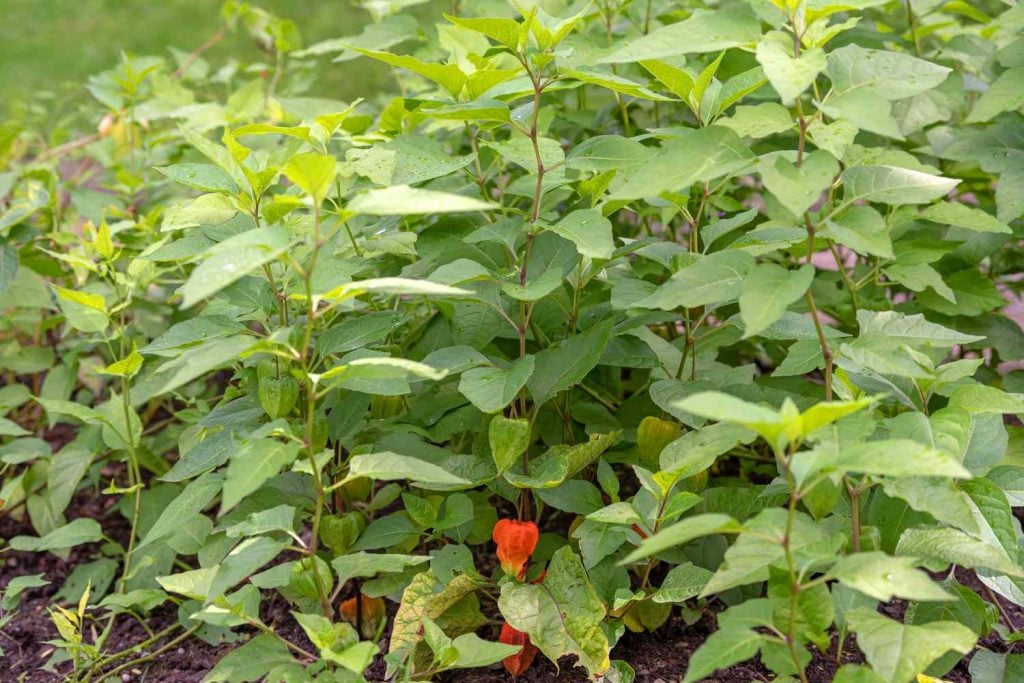
These Chinese Lanterns plants are stunning and gorgeous; anybody who visits your garden will be captivated by these views. Since it is a perennial plant, the fruits will come back year after year. Because of its hardiness, it can survive the harsh weather conditions of the UK. The white flowers turn into fruit husks in the summer and autumn; they change from green to orange as they begin to ripen. This beautiful transition is a sight to behold.
2. How to Grow from Seeds
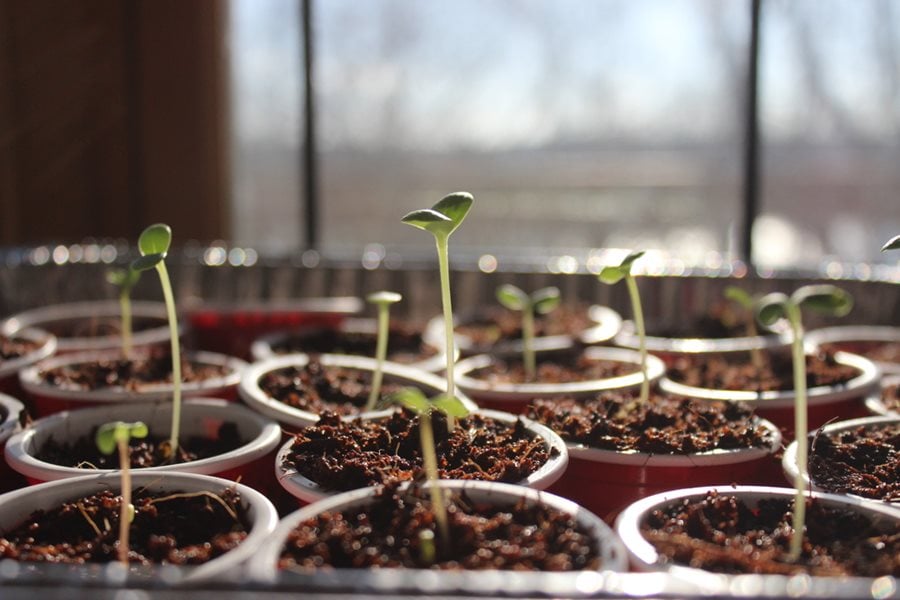
If you picked the seed route, then the seeds need to be planted early for better survival chances; a small pot with some mixed and moist compost can help you get started. Add the seeds to the top layer of the pot and cover with some compost. Keep the pot in a well-lit spot; it should not be in direct sunlight but at room temperature. You should be able to see the shoots after about two weeks. Move the pot to full sunlight but keep away from frost.
3. How to Grow from Cuttings
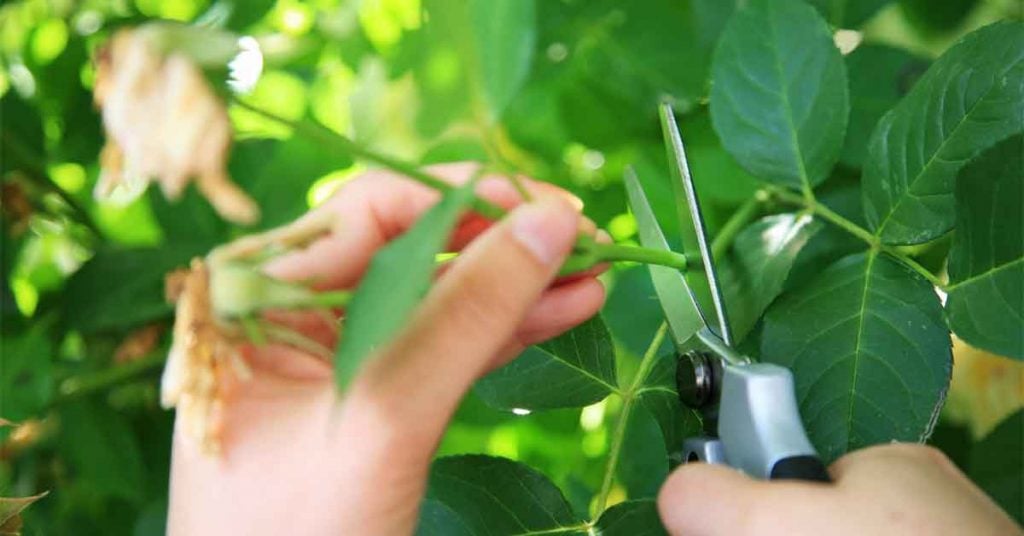
For cuttings, check below the soil where there is healthy growth. Find a runner with thin roots underground; snip off about 3 cm to plant in a container. The container’s depth should be similar to the ground where you got the cutting from.
4. Growing Chinese Lanterns in Containers or Pots
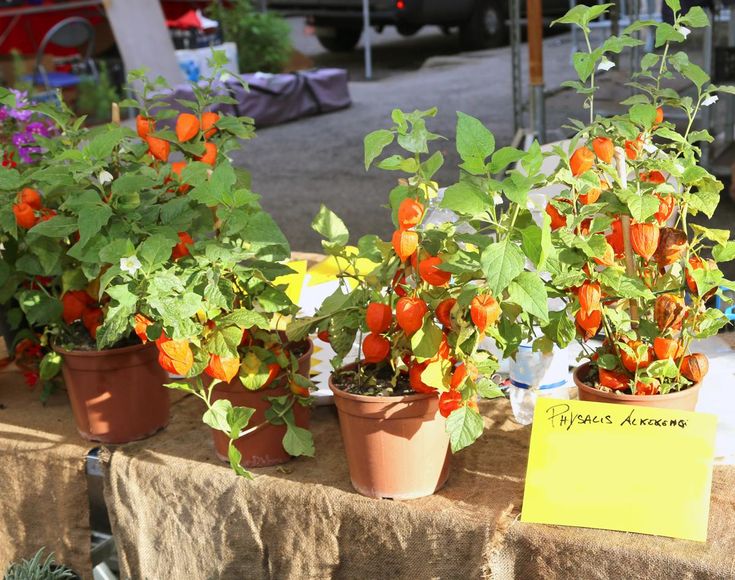
It is recommended that Chinese lanterns should be grown in containers rather than in the ground. This is because the enthusiastic roots will compete vigorously with the other plants for nutrients and resources in your garden. After the Chinese Lanterns are established, they should be moved from small pots to larger pots.
5. How Much to Prune
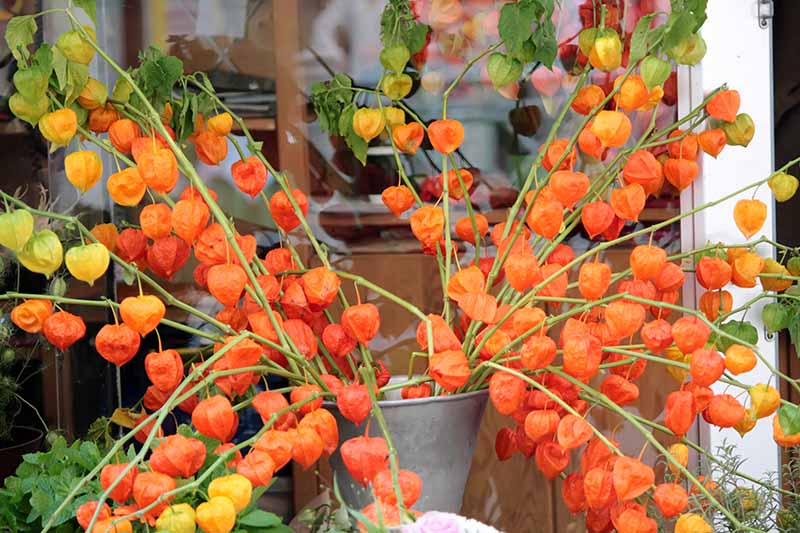
If your Chinese Lanterns are in containers, pruning is not really required. But if it is planted in the ground, pruning will help keep your plants in check. For preservation, you can cut the lanterns before they turn into the skeletal form. Take some scissors to snip off the stem when the lanterns are green, yellow, or orange, whichever stage you want to preserve them.
Common Problems or Pests to Look Out In Chinese Lantern Plants
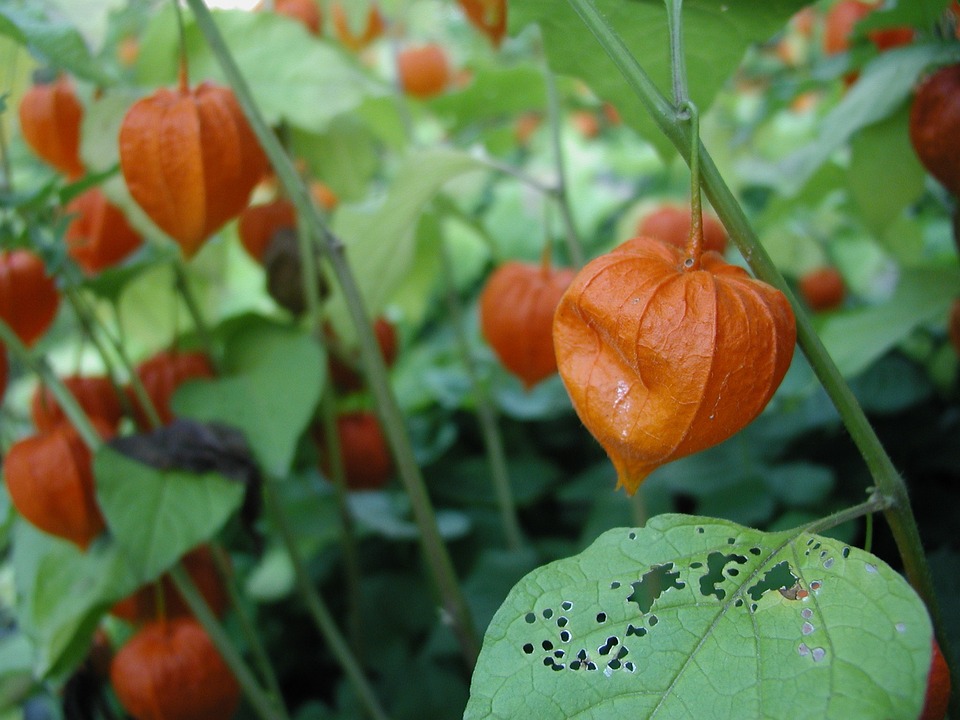
Chinese Lanterns attract caterpillars, slugs, and snails. Caterpillars love eating the leaves and damaging the plant. Just remove any caterpillars you see, along with yellow or white eggs. You can try putting some netting or other material on your Chinese Lanterns. Organic pesticides should be your last resort. Slugs and snails are popular visitors to any garden, and they will eat your fruits. Chinese Lanterns in containers will make it slightly tricky for these creatures, but eventually, they will make their way to these plants.
Some salt near your plants will keep slugs away. Keep slug-repellent plants near your Chinese Lanterns; these slug-repellent plants include rosemary, garlic, nasturtiums, basil, and lavender. Water the plants in the morning since slugs are active at night; this way, your garden dries during the day. Do not use loose mulches, woodchippings, hay, or straw; compost or leaf mould are better alternatives. Make sure to remove anything slugs can hide under, and the hungry predators will do their part in eliminating slugs.
Put up some barricades to stop the slugs from invading your plants. Eggshells, copper tape, sand, slippery surfaces, and pine needles make excellent barricades. You can even spray WD40 or something similar on your containers or pots. Beer traps are also a slug removal technique. You can take some old lettuce leaves, cat food, or something similar to bring them to one spot; this makes disposal easier. If you can, have chickens in your garden; they will eat the slugs and give you eggs.
Gardening Tools Needed for Chinese Lantern Care
There are a few things you need before you start planting Chinese Lanterns in your lovely garden. Chinese Lantern seeds should be on your gardening list.
- Chinese Lantern Flower Seeds
- Flower Seeds, Chinese Lanterns-Physalis, Red
- Premium Chinese Lantern Seeds
You even buy young Chinese Lantern plants for your garden.
- Chinese Lantern Plants – Orange – 2 x 1 x Litre Pots
- Chinese Lantern 15cm Pot Size
- Chinese lantern perennial plant 9cm pot
- 6 x Physalis Franchetti – Orange Lantern Blooms
Pots or containers will drainage holes will give your Chinese Lantern plants a safe place to grow.
- Set of 3 Modern Decorative Plastic Planters with Drainage Holes
- Self Watering Planters with Drainage Holes
- 3 Pack Self Watering Plastic Flowerpots with Drainage Holes
Every gardener has their personal gardening tools for a neat garden.
- Gardening Hand Tool Gift Kit
- Garden Tools Set with Heavy Duty Tool Bag for Easy Storage
- Garden Tools Set, 11 PCS Aluminum Alloy Steel with Garden Bag
- Garden Tool Set with heavy-duty hold bag for storage
A fertiliser of fish, blood, and bone will give nutrients to your Chinese Lanter plant.
- Multi-Purpose Plant Food Fertiliser
- Westland Fish, 10 kg
- Fish, Blood and Bone Organic-Based Fertiliser – 10kg Bucket
- Blood Fish Bone Fertiliser
Summing It Up
All in all, Physalis Alkekengi plants are perennial and ornamental. Your garden will brighten up with these beautiful additions. In late summer, the bell-shaped and white flowers grow around the ripening fruits resembling a lantern. Hence, this plant is aptly nicknamed the Chinese Lantern plant.
Plant them in your garden with the help of seeds or cuttings, and see the gorgeous luminous papery lanterns turn deep orange in late September. You can even preserve these lanterns by cutting them at the green, orange, or yellow stage. With fruits coming year after year, the visual appeal of your garden will greatly increase.
As long as you follow the planting and care guidelines, you will have blooming Chinese Lantern plants. Things to remember include that they like full or partial shade, need well-drained soil, add moist compost, prefer containers over the ground, and watch out for pests.
In the comments below, write down your experience with planting and growing Chinese Lanterns.

